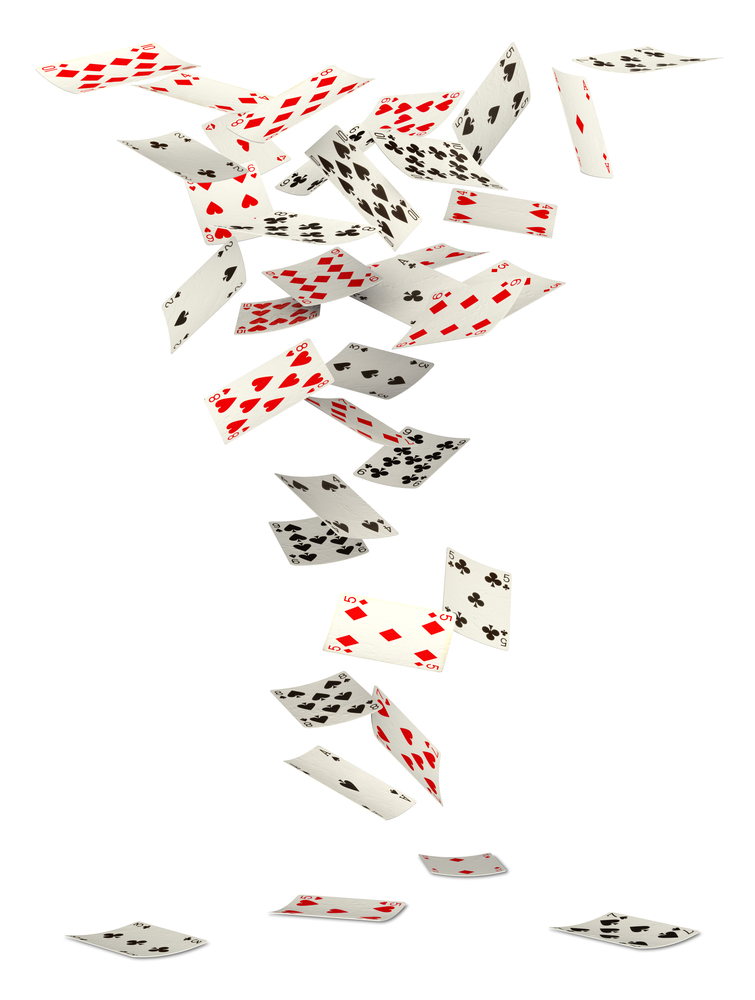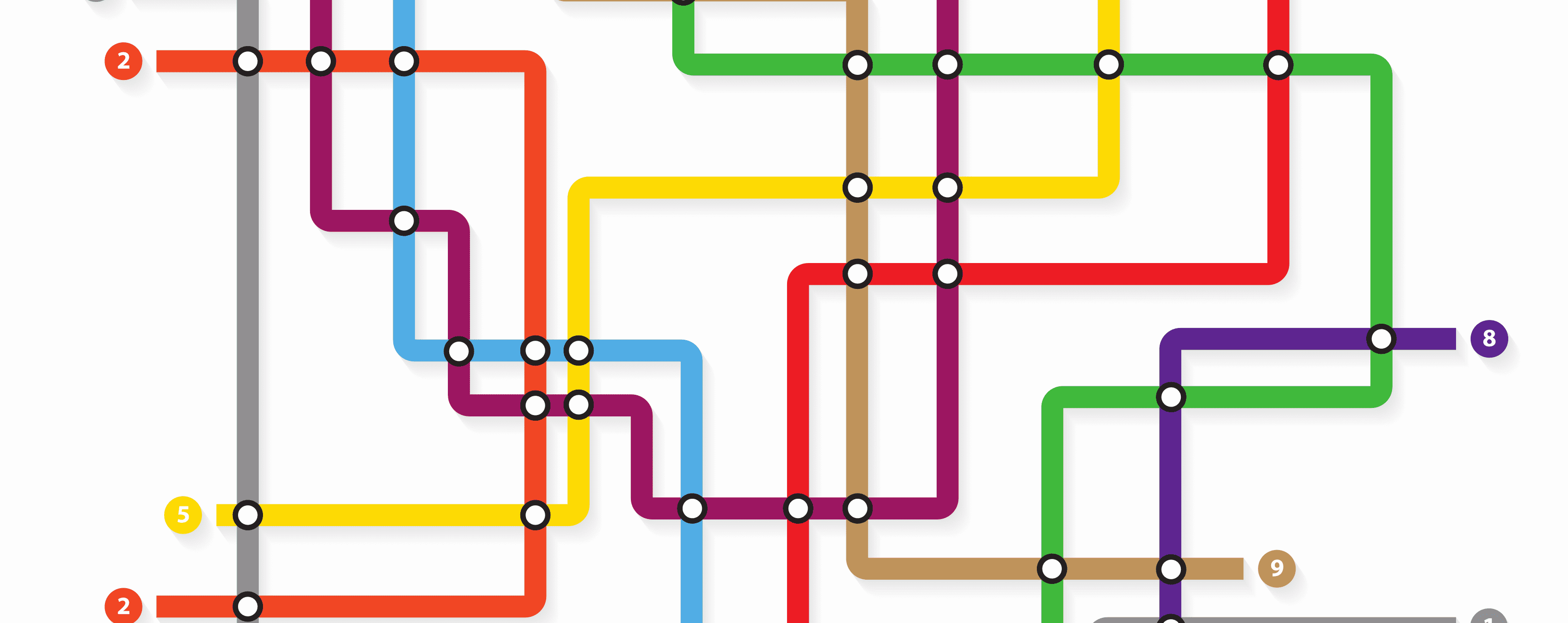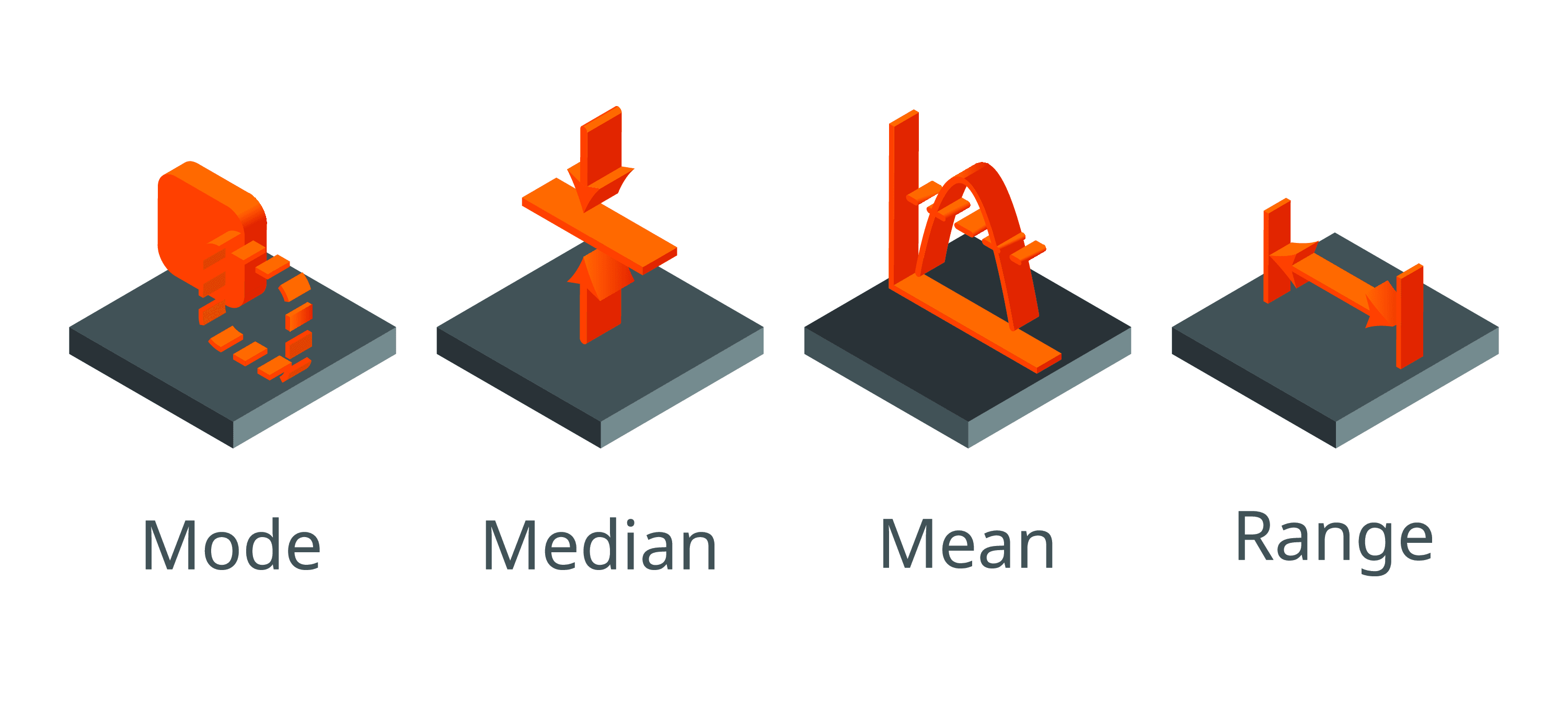An Introduction to Probability
Posted on 20th January 2022 by Georgina Ford

Whether you are still in school or well into university, probability is one of those concepts that just keeps coming up. It is a difficult topic that can be challenging to get your head around. This tutorial will try and take you through the basics of probability and the different calculations that come with it, which will hopefully help beginners and those that just need a refresher.
Definition and concepts
Probability is the chance of something happening. The examples used all the time are flipping a coin and rolling a dice.
For example, the chance of rolling a 6 on a dice when you throw it once is quite low. We can calculate exactly how ‘low’ this is using probability. There are 6 possible outcomes of rolling a dice: 1, 2, 3, 4, 5 or 6. Out of those 6 outcomes, only one is rolling a 6. We can think of this as 1 out of 6 and write it as a fraction: 1/6.
With a coin, when you flip it there are two possible outcomes: heads and tails. If you want to end up with heads, there is only one outcome out of the two that fulfils this. Therefore, the probability of flipping a coin and getting heads is 1 out of 2, or ½.
Notice that these probabilities are both written as fractions, which means they are all a number between 0 and 1. This is true for all probability calculations. They can be written as decimals and you will commonly see this in papers: for example, if the fraction is ½ as in the coin scenario, this would be written as 0.5. Sometimes this is converted to a percentage which just means a fraction where the denominator is 100, so 0.5 would become 50%. The fraction is always:
the number of outcomes that give you what you want / the total number of possible outcomes
The other big rule to remember with probability is that the total of all of the probabilities must always add up to 1. The probability of flipping a coin and getting heads is 0.5, of getting tails is 0.5, and the sum of these is 1. The probability of rolling any one number on a dice is 1/6 and there are 6 possible numbers, so adding these together gives you 1.
Before we go through some further concepts and calculations, here is one more example, this time using a deck of cards (52 cards, half black and half red, with 4 suits). Let’s say we wanted to know the probability of picking a card from the deck and that card being red. We know that half of the deck is made up of red cards, so like the coin example the probability here is ½, 0.5 or 50%.
Now let’s say we wanted to find the probability of picking a random card and it being the number 7. We know that in one deck of cards there are 52 cards in total, and there is one 7 per suit, so 4 in a deck. Therefore, the probability of my random card being a 7 is 4 out of 52: 4/52. This can be simplified to 1/13. You can give all of these sums a rough mental check to see if it sounds reasonable, which in this case it does sound fairly unlikely to pick out a 7 first time, which fits with our 1/13.
Let’s look at some more complex situations. We are going to look at multiple outcome scenarios including ‘OR’ and ‘AND’ statements, ‘NOT’ statements and dependent vs independent outcomes.
Multiple outcome calculations
Sometimes we need to work out the chance of multiple things happening. The two most common questions are about the probability of one outcome or another happening, or one outcome and another outcome happening.
The probability of multiple outcomes happening: OR questions
Here we can use the dice example again. Say you get asked to find the probability that you roll either a 2 or a 3. Here there are 2 outcomes that would fulfil this (you roll a 2, or you roll a 3), and 6 possible outcomes (1, 2, 3, 4, 5 or 6) so the fraction is 2/6, or 1/3. What we did is to add the probability of rolling a 2 (1/6), and the probability of rolling a 3 (1/6).
Here is one more example. In a deck of cards what is the probability of picking a card at random and it being a 10 OR a 4?
- The probability of picking a 10 is the same as before: there are 4 in a pack so 4/52
- The probability of picking a 4 is also 4/52
- The probability of picking one OR the other = ADD the probabilities, so 4/52 + 4/52 = 8/52 or 2/13
The general rule for scenarios where you want 1 outcome or another outcome is to add the probabilities: OR=ADD.
The probability of multiple outcomes happening: AND questions
Some scenarios are slightly different in that you have to calculate the probability of one thing happening and another thing happening. For example, what is the probability that I roll the dice and get a 1, and then I roll again and get another 1?
We know the probability of rolling a 1 on a dice is 1 out of 6, 1/6. When you throw it a second time the probability of getting a 1 is also 1/6. To work out the chance of both of these happening, you have to multiply the probabilities. Therefore, the probability is 1/6 x 1/6= 1/36.
Sometimes there can be different routes to the same outcome. Imagine I wanted to roll a 6 on a dice and I had 2 rolls in which to do it. This scenario is very similar to the ‘or’ layout above. Here we are looking for the probability of me rolling a 6 in my first roll (1/6) or on my second roll (1/6). We know with ‘or’ statements we add them together so the probability here is 2/6 or 1/3.
The general rule for scenarios where you want 1 outcome and another outcome is to multiply the probabilities: AND = MULTIPLY.
The probability of something not happening: NOT statements
Now we have grasped the concept of multiple outcomes, we can look at the probability of something not happening.
A question might say for example: what is the probability of rolling a dice and getting a number that is not 6? The trick here is to convert this into one of the ‘or’ statements. The probability of not getting a 6 is just the same as getting either a 1, 2, 3, 4 OR 5. So we can add up all of those probabilities to give us the answer: 1/6 + 1/6 + 1/6 + 1/6 + 1/6= 5/6.
Another way to think about this which can sometimes be quicker, is to use one of the first rules we discussed; that all probabilities add up to 1. If we want to find out the probability of one of the possible outcomes not happening, we can just minus the probability of that outcome happening from 1.
For example, the probability of rolling a 6 is 1/6. 1- (1/6) =5/6 which is the same as adding up all of the probabilities of the other outcomes as we did before.
By now all the basic concepts of probability have been covered. We have gone through calculating probabilities of one outcome happening, of multiple happening (either with ‘or’ or ‘and’ statements connecting them), and of an outcome not happening. Finally, it is important to touch on the idea of independent vs dependent probabilities.
Dependent and independent outcomes
Some scenarios are independent of each other, meaning that the first outcome does not affect the next. If you roll a dice once, it has no bearing on what the next outcome would be. If you pick a card out of a deck of 52 cards and put the card back into the pile afterwards, the probability of the next card to be picked would not be affected.
However, what happens if when you pick a card from the deck you do not put it back? There would then only be 51 possible outcomes next time you picked rather than 52. If the first card you picked was a 4 then there is less chance the one after that would be a 4 because there are fewer of those left than all the other numbers. The outcome of the second card is dependent on the outcome of the first.
For example, you pick a card from a full deck. The probability of picking a 4 is 4/52, or 1/13. Now you leave that card out of the pile and pick again. Now there are 51 cards, so the denominator of your fraction is 51. You already removed a 4, so the number left is 3. Your fraction for the probability of picking another 4 becomes 3/51. The chance of picking a different number does not change though: you have not removed any of the threes, so there are still 4 left for the top part of your fraction. The bottom number is 51 because there is one less card, so your fraction for the probability of drawing a 3 once the 4 is taken out is 4/51.
In summary:
- Use your basic rules
- Make your fraction in the following format: the number of outcomes that give you what you want / the total number of possible outcomes
- The probabilities of all of the possible outcomes must add up to 1
- For any question just remember:
- decide if the outcomes are dependent or independent of each other
- are the outcomes linked by an OR or AND statement? Remember that: OR= ADD; AND= MULTIPLY
- If the question asks for the probability of something NOT happening, either add up the probability of all the other outcomes, or take the probability of that one outcome away from 1.
A final tip…
It can help to draw out a ‘probability tree’ to lay out all the possible outcomes, but these are hard to describe in text. Try these resources to help you, they are really useful when mapping out multiple outcomes:
Probability tree diagrams (from Maths is Fun)
Probability and tree diagrams (from Maths Made Easy)
Tree diagrams and conditional probability (from Khan Academy)





